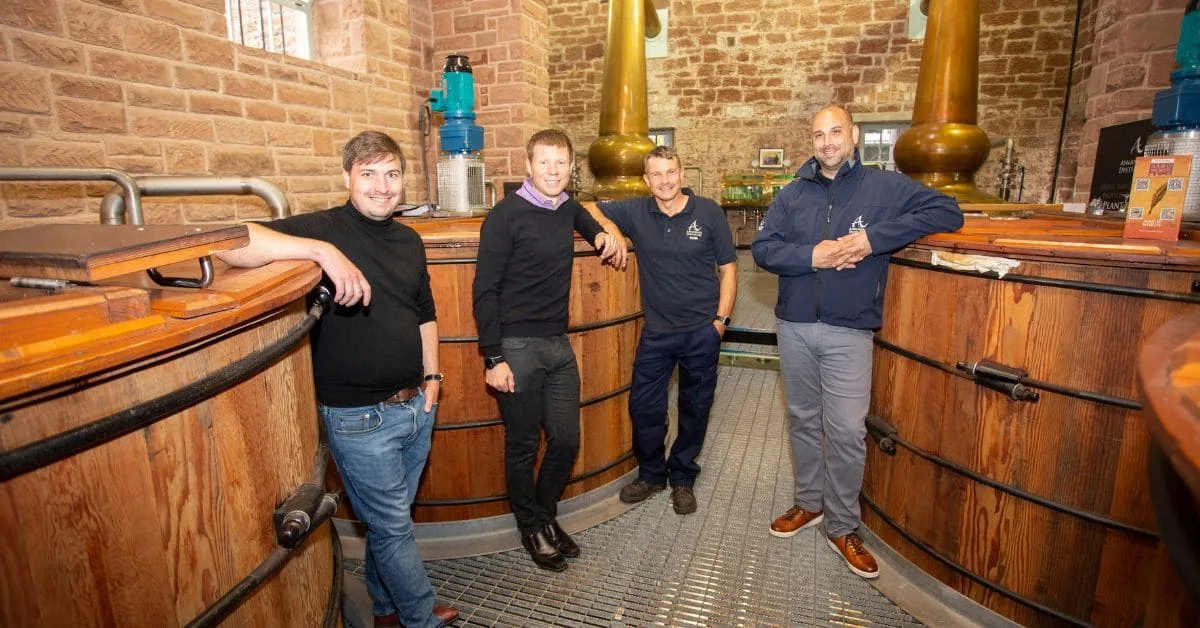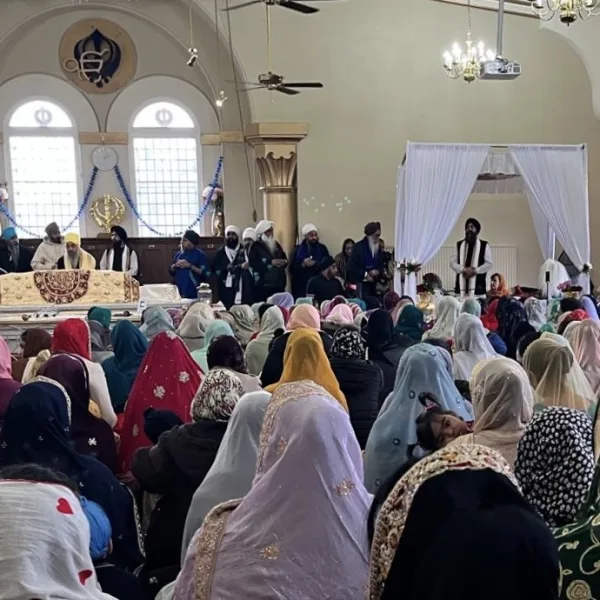From preserving Scottish Gaelic to creating new BSL signs in ocean conservation, the University’s contributions to the UN’s Sustainable Development Goals (SDGs) are diverse and wide-ranging.
The University signed up to the UN’s SDG pledge in 2017. The UN and world leaders adopted the SDGs in 2015. Over a 15-year time span, these SDGs apply universally to all. Countries are mobilising their efforts to end all forms of poverty, fight inequalities and tackle climate change by 2030.
A new publication by the University’s Department for Social Responsibility and Sustainability (SRS) highlights the University’s contribution to advancing the UN’s SDGs. SDGs: Stories of Impact offers an insight into the people and projects behind the ways in which the University contributes through its operations, community engagement, teaching and learning, partnerships, and research.
Scott Davidson, Deputy Director of SRS said: “I’m delighted to see this report coming to fruition and really pleased for all the people involved in creating it. It brings together a huge range and depth of sustainability impacts that the University has on a global and local scale. I hope it will bring a real sense of pride in being part of this institution for colleagues from across the University.”
Creating change for good
In recent years, universities have taken on a critical role in advancing sustainable development. Through innovation, interdisciplinary research, and partnerships, higher education institutions can drive progress toward achieving the SDGs.
However, Kat Zabecka, Reporting and Administrative Officer for SRS and lead author for the report, says there have been challenges along the way: “Sustainable Development Goals were created for delivery by national governments, not universities, which makes their application within higher education institutions tricky. That is why in our publication, we share contributions to the SDGs achieved in the course of delivering our strategic objectives, rather than measuring progress against them.”
“As a large civic university, the University of Edinburgh has significant social, economic, and environmental impacts on the community, city and globally.”
To tackle SDG11, for example, which is to make cities and human settlements inclusive, safe, resilient and sustainable, the University has launched an AI-driven project. This was launched because Gaelic is a minority language, and the lack of substantial datasets poses a significant risk of digital extinction. The University will develop a Gaelic speech recognition system for use in media, education, and research. This will help to secure the future of Scottish Gaelic in the digital space.
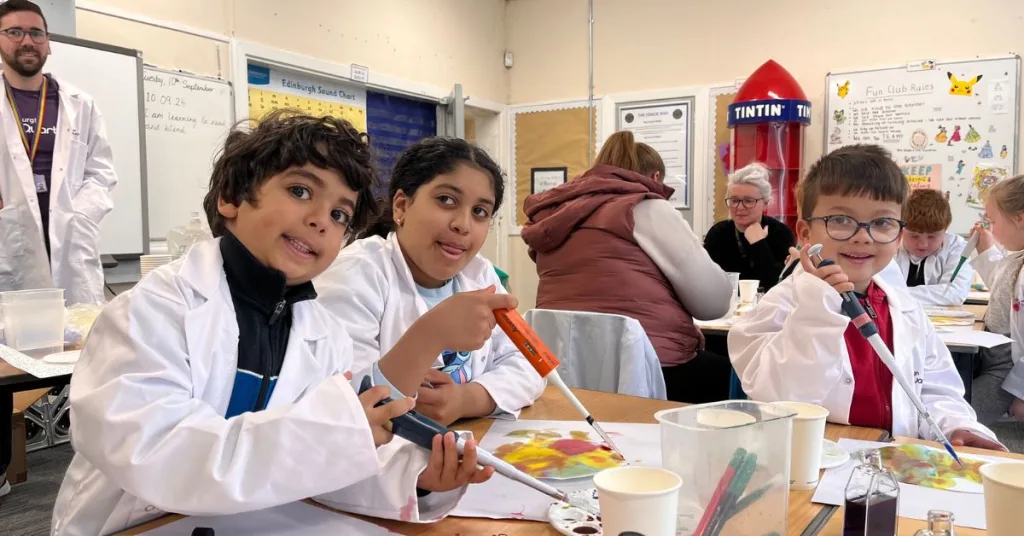
An innovative approach
The University is one of the world’s top higher education institutions for contributing to SDG 9, which covers industry, innovation and infrastructure. Its commercialisation service, Edinburgh Innovations (EI), plays a key role. EI creates real-world solutions that address pressing global challenges.
One such breakthrough came from Dr Adam Robinson of the University’s School of Engineering. He developed a ‘decarbonisation machine’ that can replace up to 100 per cent of the fossil fuels in high-temperature industrial processes. Dr Robinson brought this technology to market in May 2023, calling the spinout Exergy3 Edinburgh Innovations played a crucial role in facilitating partnerships and securing funding. This helped Exergy3 bring in £3.6 million in grant funding from the UK’s Department for Energy Security and Net Zero.
The food and drink industry is reliant on high-temperature processes. This particularly applies to Scotch whisky production, which is a carbon-intensive process. To address this, Exergy3 set up a demonstration at Annandale Distillery in Dumfries and Galloway. This showcases how carbon-neutral whisky is possible by replacing traditional fossil-fuel-based steam boilers.
Exergy3 has secured a further £1 million pre-seed funding, led by Zero Carbon Capital, with investment from Old College Capital, the University’s in-house venture investment fund.
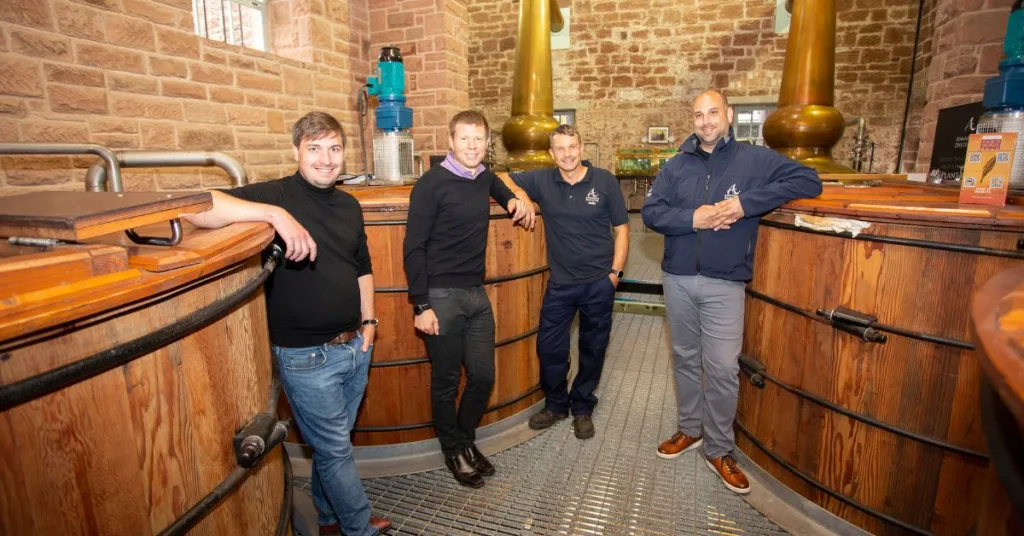
Driving meaningful change
Kat says that the process of collecting case studies revealed the true scale of the University’s commitment to the SDGs.
“I was particularly impressed by the outreach and community work, such as the work carried out by the BioQuarter Community team, which isn’t always visible to the wider University,” she says.
The BioQuarter community project in South Edinburgh is part of the University’s pledge to tackle the first SDG – eradicating extreme poverty for all people everywhere by 2030. South Edinburgh has some of the most deprived communities in Scotland, according to the Scottish Index of Multiple Deprivation. The aim of the project is to empower local residents who are less represented in STEM careers, higher education, and accessing opportunities that lead to better employment. The Superlab at Castlebrae Community Campus was set up to tackle this. With space for 60 people, it hosts hands-on learning experiences, inspiring a passion for science across age groups.
The Science Mentors and Science Buddies initiatives further bridge that gap. They connect local young people with BioQuarter staff and students for mentorship and workshops.
These relationships have increased students’ confidence and aspirations for STEM subjects. In 2023/24, more than 1,060 pupils and 500 community members engaged with these programmes, reporting higher academic performance and aspirations.
The University is also tackling health inequalities through HPV vaccination workshops. These have reached around 700-800 secondary school students. The vaccination teams reported greater confidence in the uptake of vaccines among young people attending the workshops. In future, the initiative will expand to three more schools.
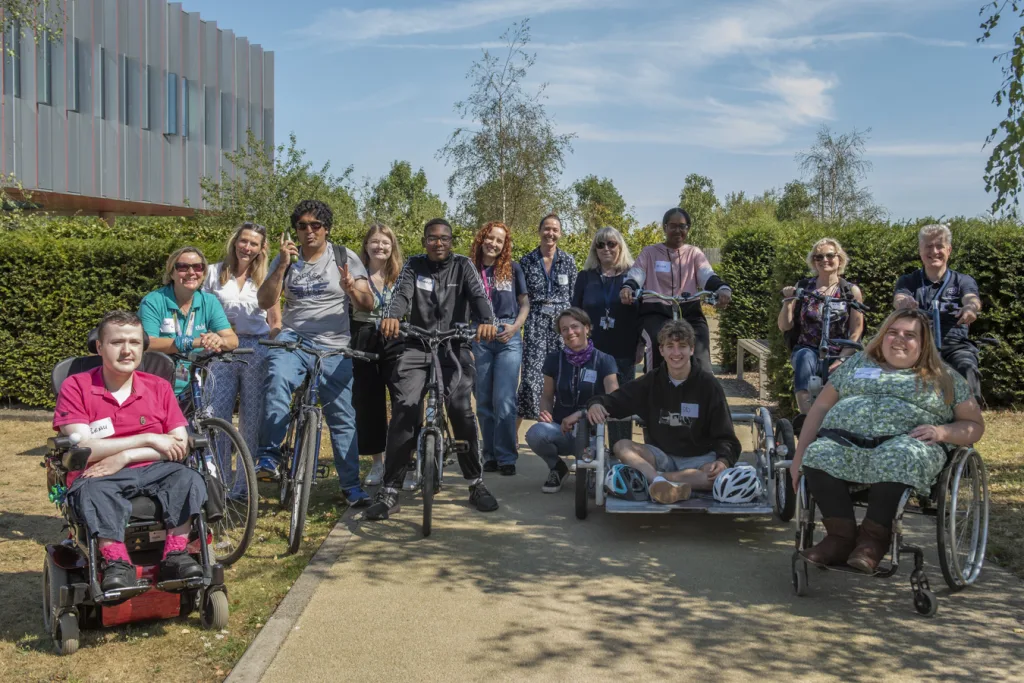
Addressing global challenges
SDG14 involves conserving and sustainably using the oceans and marine resources for sustainable development. Marine species currently lack established British Sign Language (BSL) signs. This forces the deaf community to spell out species’ names letter by letter when in conversation about marine conservation.
The Marine, Underwater, Fish for Inclusion (Muffin) project is developing a bank of 100 new marine BSL signs. This will help to remove barriers in marine conservation, science careers and education. The project is led by the Scottish Sensory Centre, which has already developed an online glossary of more than 4,000 signs in other STEM subjects.
Tackling carbon emissions
The University generates carbon emissions through various activities across its five campuses. These include heating its buildings, operating non-electric vehicles, and conducting business travel by air. To become net-zero carbon by 2040, the University is electrifying its vehicle fleet where possible; improving the way we power and heat our buildings; replacing non-essential travel with alternatives where available; and sequestering carbon from unavoidable emissions, such as essential flights.
SDG15 is about conserving life on land. This involves protecting and restoring terrestrial ecosystems, sustainably managing forests, combating desertification, halting land degradation, and stopping biodiversity loss.
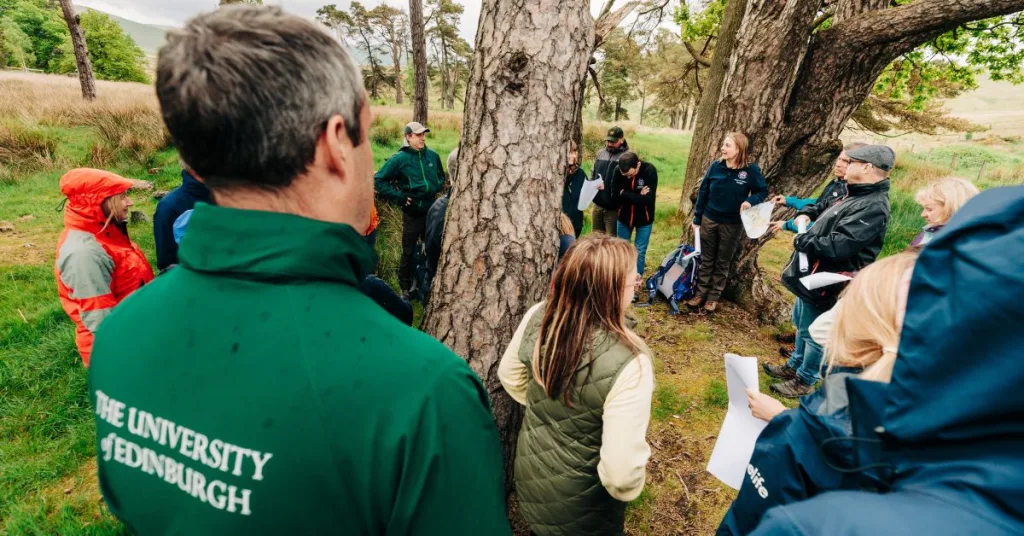
Ecological restoration
The University launched its Forest and Peatland programme in 2021. This is part of its aim to balance its commitment to international excellence with environmental responsibility. The project will remove carbon from the atmosphere, increase biodiversity, connect woodlands and preserve cultural heritage sites.
The University acquired 887 hectares of land across three sites: Rullion Green Wood, Drumbrae, and Barvick Burn Wood. Each location is undergoing transformation to support diverse plant and animal life, benefiting both local communities and the environment. In Rullion Green Wood, a former grazing area is being reimagined as a thriving woodland, enhancing biodiversity. Similarly, Drumbrae will feature new woodlands, offering opportunities for environmental education. Barvick Burn Wood, once a grouse moor, is being managed to create woodlands while protecting open habitats.
Partnerships are a key aspect of this project. Collaborations with landowners, community groups, and organisations like NatureScot, Scottish Forestry and the Royal Botanic Gardens Edinburgh are planned.
While it will take decades to see woodlands stretching across the sites, the Forest and Peatlands Programme is setting new standards in biodiversity recovery by blending scientific expertise with practical solutions. Faculties, students and researchers are already using the sites to enrich their learning and teaching, and research projects.
Impactful stories
Kat adds: “Sustainability reporting tends to focus on data (carbon being a big one) and the projects that deliver big data improvements year on year are those on an operational level. When we shift our attention from data alone to impactful stories and the individuals behind these projects, we begin to understand that sustainability and behaviour change is about agency and making a difference on all levels – individual, community, national, and global.
“We also see the benefits these activities bring to our University, through the connections we forge with local communities and the rich learning and research experiences we gain through these activities.”
Image credits: Science Buddies by Sara Al-Disi, Exergy3 by Annandale Distillery and Drumbrae by Andrew Perry

